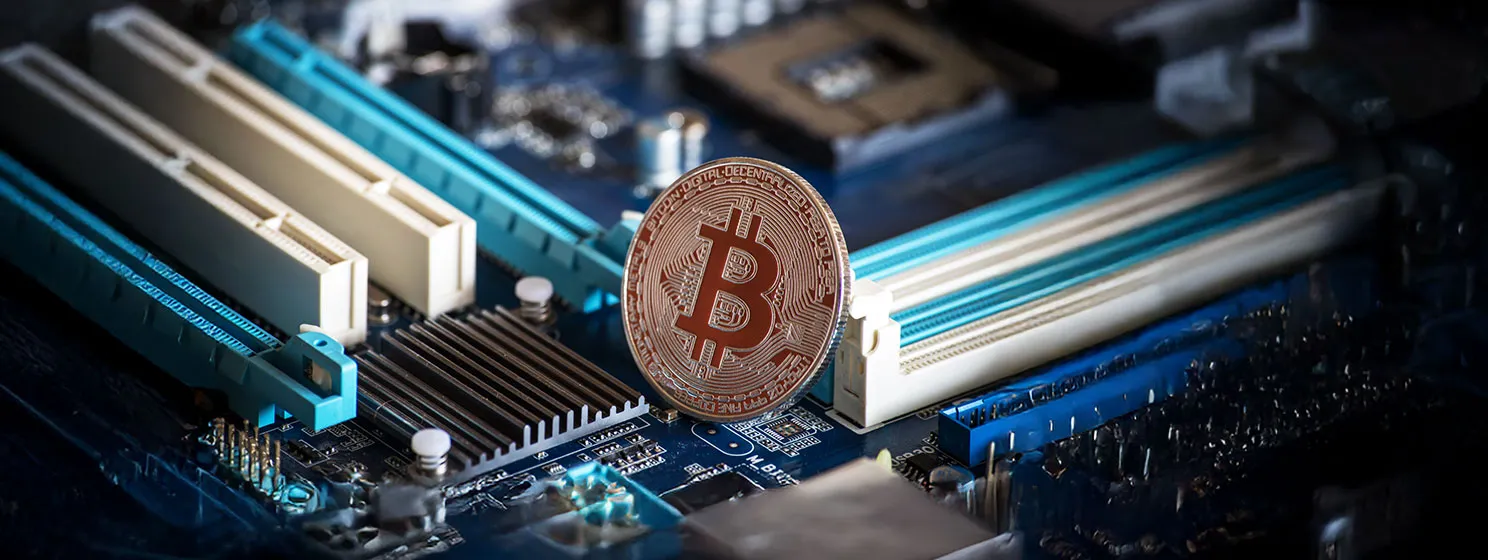|
Getting your Trinity Audio player ready...
|
Major Chinese mining rig manufacturers—Bitmain, Canaan (NASDAQ: CAN), and MicroBT—are making bold moves to establish production facilities in the United States. This strategic pivot, driven by the need to circumvent escalating trade tariffs and secure supply chains, is seen to reshape the competitive dynamics of the Bitcoin mining
ecosystem. For publicly traded miners like MARA Holdings (NASDAQ: MARA), Riot Platforms (NASDAQ: RIOT), and CleanSpark (NASDAQ: CLSK), this development could have profound implications for operational resilience, cost structures, and hash rate expansion strategies. However, the specter of rising tariffs and shifting capital flows looms large, potentially redirecting investment to alternative jurisdictions like Canada and Brazil.
The catalyst for this shift is the 30% tariff imposed on Chinese-manufactured mining rigs exported to the U.S., a policy rooted in trade tensions that have persisted since the Trump administration. For miners, who rely on cutting-edge Application-Specific Integrated Circuits (ASICs) to maximize hash rate and optimize energy efficiency, these tariffs inflate capital expenditure (capex) budgets, squeezing margins in an industry where every watt counts. Bitmain, the dominant player in the ASIC market, alongside Canaan and MicroBT, has historically supplied the lion’s share of mining hardware
to U.S.-based operators. However, with tariffs driving up costs, these manufacturers are investing in U.S.-based production to localize supply chains and mitigate financial headwinds.
For publicly traded miners, this move is a double-edged sword. On the one hand, localized production could stabilize hardware costs and reduce supply chain risks, enabling firms like MARA and Riot to execute their aggressive hash rate growth targets. MARA, for instance, reported a record-breaking Q1 2025, with fleet upgrades driving efficiency gains to 23 joules per terahash (J/TH). Access to domestically produced rigs could further enhance their ability to deploy next-generation hardware, such as Bitmain’s Antminer S21 Pro, which boasts 17 J/TH. Similarly, CleanSpark’s focus on low-cost power and modular infrastructure could benefit from shorter lead times and reduced import costs, bolstering its annualized hash rate guidance of 32 EH/s (exahashes per second) by year-end.
However, the transition is not without challenges. Establishing U.S. manufacturing facilities requires significant upfront investment, and Chinese manufacturers may face hurdles in navigating regulatory frameworks, securing skilled labor, and scaling production to meet demand. This could mean temporary supply constraints for miners, particularly as global hash rate approaches 1,000 EH/s, intensifying competition for the latest ASICs. Bitdeer (NASDAQ: BTDR), which recently expanded its hash rate to 11 EH/s, has emphasized the importance of securing reliable hardware pipelines to maintain uptime and profitability. Any disruptions in rig availability could force miners to delay fleet upgrades, impacting their ability to capture Bitcoin’s block rewards in a post-halving environment where mining economics are increasingly tight.
Moreover, the broader implications of this shift extend beyond U.S. borders. Industry analysts warn that if tariffs escalate further—potentially to 60% or higher under a protectionist U.S. administration—Bitcoin mining capital could flow to jurisdictions with more favorable trade and energy policies. With its abundant hydroelectric power and cooler climate, Canada is quickly becoming a prime destination for miners seeking to optimize opex (operating expenses). Brazil, leveraging its renewable energy mix and supportive regulatory stance, is also attracting attention. Hut 8, a publicly traded miner with operations in Canada, recently highlighted its ability to achieve sub-3-cent-per-kWh power costs, a competitive edge that could draw investment away from the U.S. if tariff pressures mount.The strategic calculus for Chinese manufacturers is clear: localize to protect market share. Bitmain, for example, has reportedly scouted sites in Texas and Nevada, leveraging proximity to major mining hubs and renewable energy sources. Canaan, which went public on NASDAQ in 2019, is exploring partnerships with U.S. firms to accelerate its manufacturing footprint. MicroBT, known for its WhatsMiner series, is similarly eyeing domestic production to maintain its edge in the North American market. For miners, this could translate into more predictable capex cycles and reduced exposure to geopolitical risks, a critical factor as they navigate a market where BTC’s price volatility and rising network difficulty (currently at 126.4 trillion) demand operational agility.
Yet, the risk of capital flight remains a concern. If U.S. tariffs render domestic production unviable, miners may redirect investments to jurisdictions with lower barriers to entry. This could erode the U.S.’s position as a global mining hub, which currently accounts for over 35% of the global hash rate. Publicly traded miners are already diversifying their portfolios to hedge against such risks. Core Scientific, for instance, has expanded into high-performance computing (HPC) to offset
mining volatility, while Riot Platforms is exploring international partnerships to secure low-cost power and hardware.
For now, the move by Chinese manufacturers signals a bullish outlook for U.S.-based BTC mining, provided regulatory and economic conditions remain favorable. As MARA’s CEO Fred Thiel noted in a recent earnings call, “Access to efficient, reliable hardware is the backbone of our growth strategy.” Localized production could strengthen that backbone, enabling miners to scale hash rate, optimize energy efficiency, and maintain competitive positioning in a hyper-competitive market. However, the industry must remain vigilant, as tariff escalations or supply chain disruptions could shift the center of gravity to other regions, reshaping the global Bitcoin mining ecosystem.
In conclusion, the pivot by Bitmain, Canaan, and MicroBT to U.S. production is a strategic response to trade barriers with significant implications for publicly traded miners. While it promises cost stability and supply chain resilience, the specter of rising tariffs and capital flight underscores the need for agility and diversification. As the Bitcoin mining industry navigates these headwinds, the ability to secure cutting-edge hardware and low-cost power will remain the cornerstone of sustainable growth.
Watch | Bitcoin mining in 2025: Is it still worth it?

 08-31-2025
08-31-2025 





